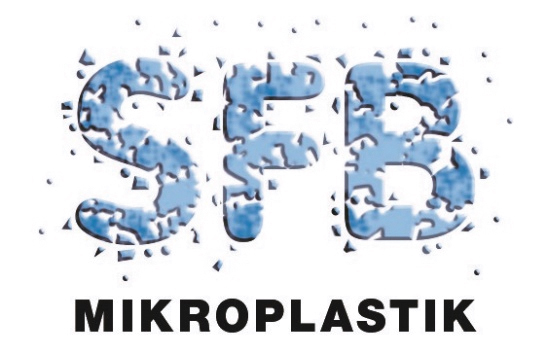News
Neue SFB 1357 Publikation: Schwarzer (2022) - Shape, size, and polymer dependent effects of microplastics on Daphnia magna
15.03.2022

Herzlichen Glückwunsch an Michael Schwarzer; Julian Brehm; Martina Vollmer; Julia Jasinski; Chengzhang Xu; Shakir Zainuddin; Thomas Fröhlich; Matthias Schott; Andreas Greiner; Thomas Scheibel und Christian Laforsch zu ihrer spannenden neuen Publikation in der Zeitschrift Journal of Hazardous Materials:
"Shape, size, and polymer dependent effects of microplastics on Daphnia magna"
DOI: https://doi.org/10.1016/j.jhazmat.2021.128136
Abstract:
The effects of microplastic (MP) pollution on organisms are gaining increasing attention. To date, a variety of polymers of different shapes and sizes are used in ecotoxicology. Although polystyrene (PS) is the predominant polymer type used in effect studies, it is still unclear whether the observed effects derive from the polymer itself or from a certain particle shape and size. To elucidate whether the effects are polymer specific, we conducted a systematic study on Daphnia magna by comparing various PS-MPs to nonplastic control particles with similar properties. In chronic exposure experiments, we used PS beads (6 µm; 20 µm), fibers (Ø 3 µm, length: 75.5 µm), and fragments (5.7 µm; 17.7 µm) in two different size classes and two different concentrations (500 and 5000 particles ml-1) and in-house-produced control particles of comparable size, shape, concentration and, if possible, density. Although most PS properties did not elicit effects on the tested endpoints, we observed sublethal effects on D. magna life history and morphology for small PS beads and fragments. Interestingly, no adverse effects were detected for any of the control particles. Hence, the observed effects are polymer-specific, related to the size and shape of the polymer, and do not result from particle exposure per se.

